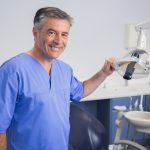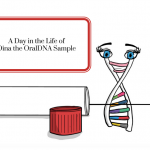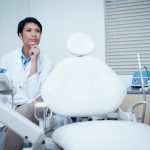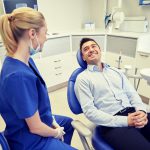
I attended the third annual North American Saliva Symposium (NASS) this year which was held at New York University College of Dentistry, December 9-10. It was an event filled with globally recognized researchers in salivary diagnostics presenting updates on their respective research efforts. The following is a glance into what the future holds for salivary diagnostics as well as the exciting application of salivary tests currently available.
Dental innovations of the future were captured ...
Read More









